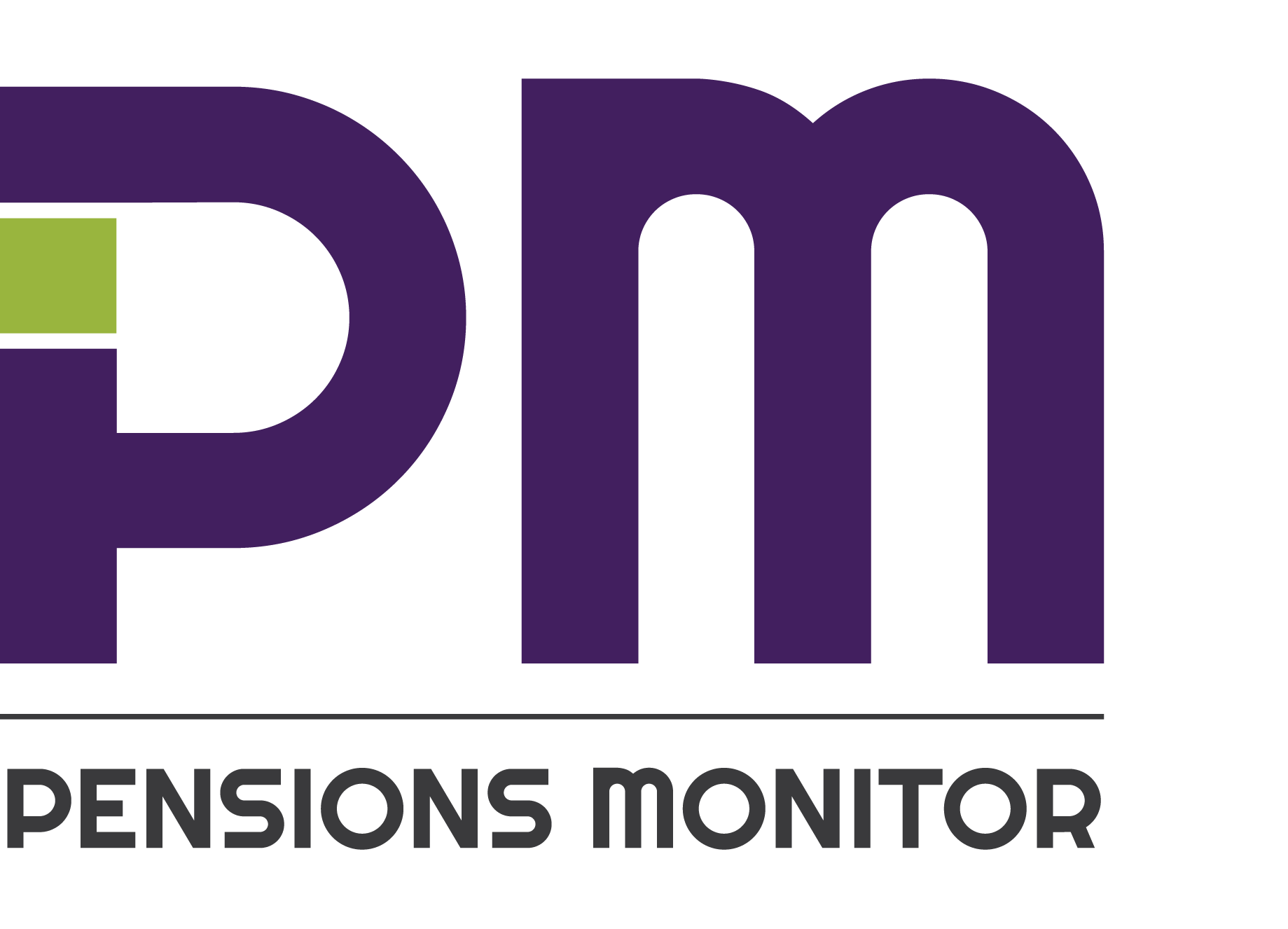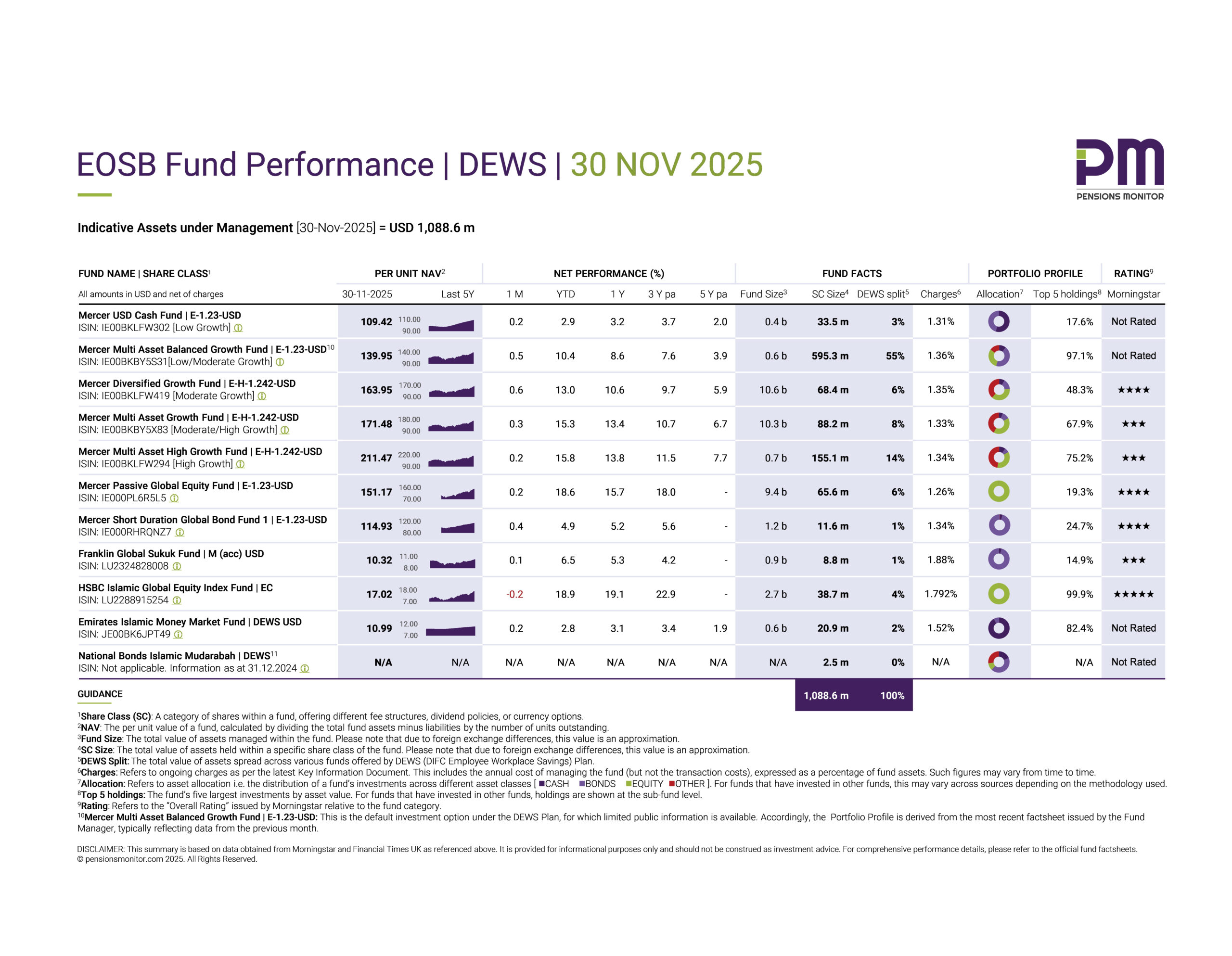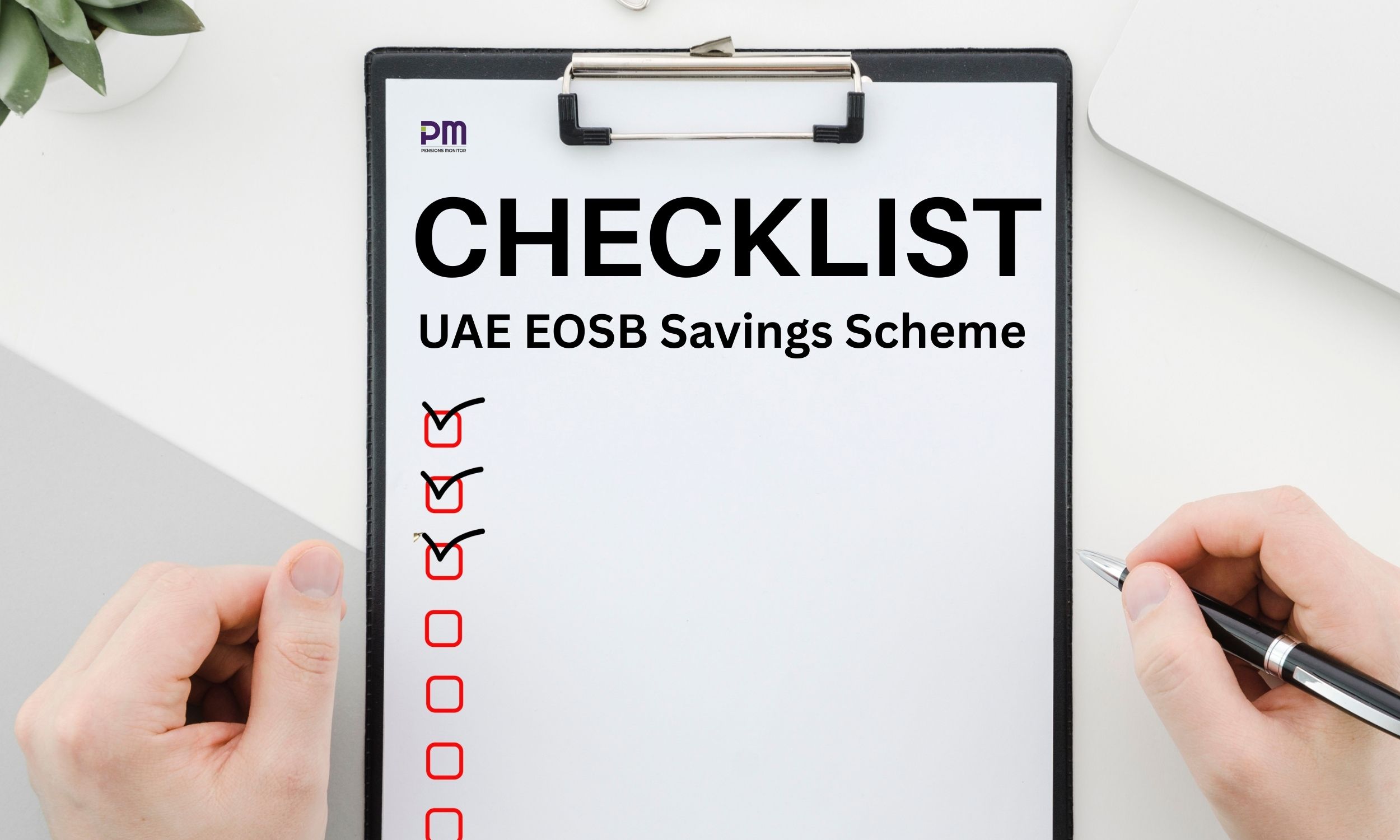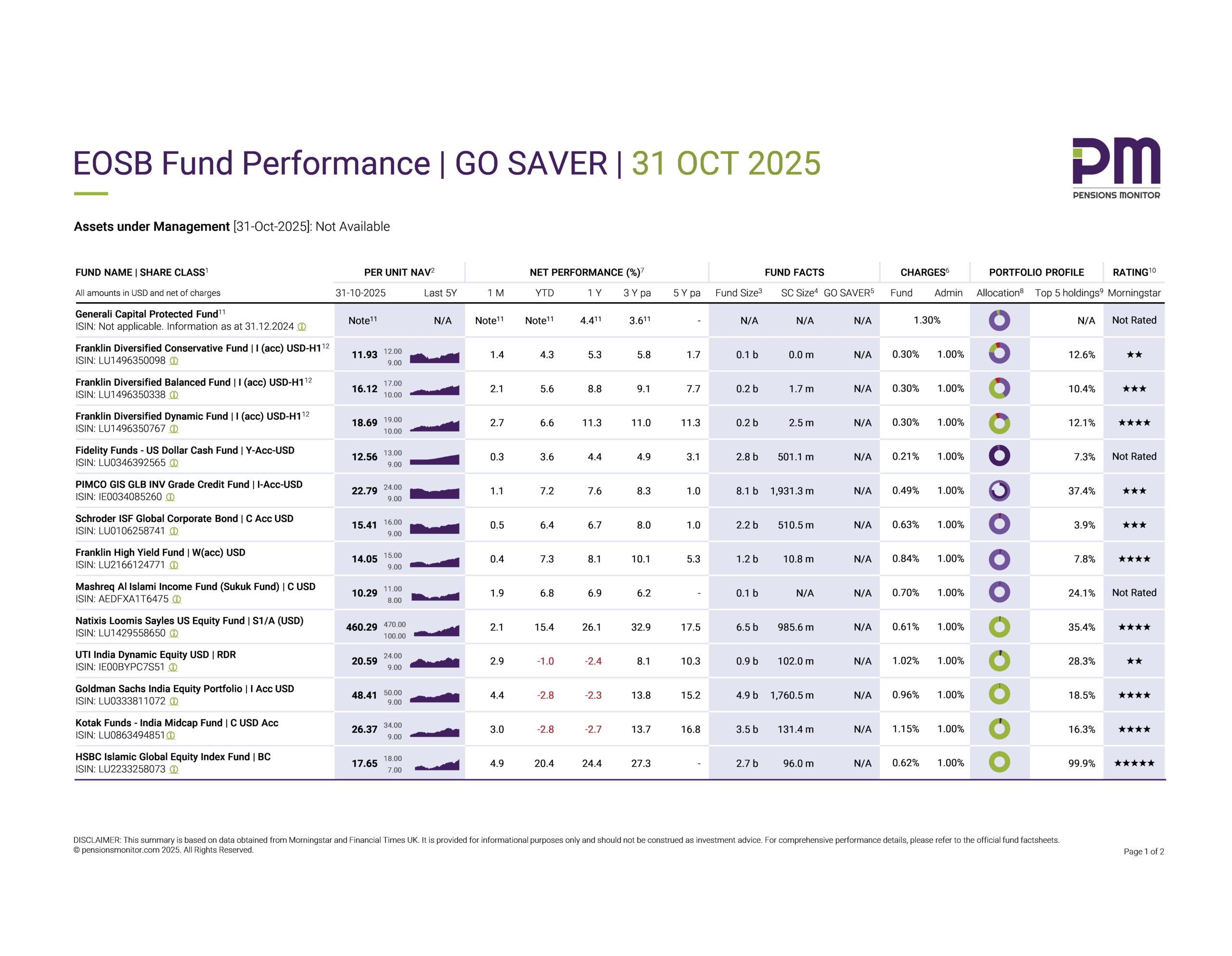
This article has been guest-authored by Ruan van Rensburg, consulting actuary and founder of Lux Actuaries and Consultants.
The UAE’s introduction of the voluntary End-of-Service Benefits (EOSB) Savings scheme presents companies with crucial decisions regarding their end-of-service benefits. Last week’s article commented on the implications of the new scheme for Employees. This article lays out the background and answers the following question: Is this new scheme better or worse for Employers? Again, it depends!
Understanding the Two Schemes
The current End-of-Service Benefits (EOSB) Gratuity scheme operates as a Defined Benefit (DB) scheme. Under a simplified example, an employee with 10 years of service is entitled to a lump sum of approximately 8.5 months’ salary. Importantly, this calculation uses their salary at the end of the 10-year period, meaning the benefit increases with annual salary increases. This creates a liability on the company’s balance sheet.
The EOSB Savings scheme, likely to become compulsory by the end of 2026, is a Defined Contribution (DC) scheme. It mandates monthly contributions of 5.83% of salary for the first 5 years, increasing to 8.3% thereafter. These contributions accumulate in a savings account, aiming to generate investment returns for the employee. Unlike the EOSB Gratuity scheme, there’s no defined benefit – the final lump sum depends on the investment performance.
In the change from the one system to the other, the employer is faced with an important choice: transfer the existing accrued lump sums under the EOSB Gratuity scheme for their employees, to the new scheme, or maintain the existing liability on the balance sheet and pay those dues as employees leave?
What does Implementing Regulations 96 of 2023 say?
We reproduce parts of the Regulations, with our highlighting and italics for added text:
Article (5), Obligations of Employers
2. “Decide which employee categories and levels should be included in the alternative system.”
3. partial “… employers are required to calculate benefits due to beneficiaries in accordance with the Federal Decree Law (33) of 2021Article 51-53 prior to implementing the alternative system and must pay them upon the termination of the employment relationship, based upon the beneficiary’s basic salary as of the time of participation.”
It seems reasonable to take ‘at time of participation’ as the time of joining the Alternative System.
Cost and Risk Implications
The decision, whether to transfer existing liabilities or not, treads a fine line in the allocation of value between employer and employee. The above Article (5)-3 sets out the key incentive that Cabinet Resolution 96 of 2023 offers employers to enter the new system. Once the new scheme is implemented, then the employer will no longer have to index the existing EOSB, as held on their balance sheet, to employee salary increases.
This is potentially a large transfer of value from employees to employers. It means that if the benefits are not transferred, and the existing EOSB lump sums are not required to be indexed to salary, then the company ‘gains’ every year, to the extent that it doesn’t have to index to salary and increase the liability on its balance sheet. Advisors will love pointing this ‘gain’ out to companies.
But this opens a can of worms: Those performing ‘commoditised’ jobs may have to accept the transfer of value to their employer, while more sophisticated categories and levels of employees (Article (5)-2) may be able to negotiate or force more generous terms. We can easily imagine employees resigning, taking their accrued benefit immediately, and then rejoining the employers on an agreement that contributes 8.3% immediately, rather than the initial 5.83% for 5 years. If employees demand such terms in bulk, it could put companies under huge cash-flow strain.
In practice we expect employers to differentiate between categories and level of employees and either 1) retain the liability on the balance sheet, or 2) immediately transfer the existing benefits as a lump sum, or 3) offer some form of indexing to their employees, to avoid employee dissatisfaction. The first solution is the most advantageous to the company/employer. The second solution assumes the company has sufficient cash, or can borrow sufficient cash, to make this one-off transfer, for all or some categories of their employees. The third solution may be to retain the liabilities on the balance sheet and give the same individual salary escalation as is currently done, or it could be some fixed escalation (e.g. 3% per annum fixed, for some or all employees) or, very unlikely, indexed to some benchmark (S&P500 equity returns? That would be an imprudent commitment).
The cost implications of these decisions are important. Employers should consult their actuary on what they can afford and how to implement such changes. It’s quite easy to unknowingly spend (i.e. lose!) 30% of the total EOSB liability unknowingly and totally unnecessarily.
Actuarial considerations
In other economies, as schemes were closed and benefits transferred for individuals, inevitably the actuarial value of benefits were paid. This is not required for the scenarios under consideration here, but, again employees with bargaining power might ask for consideration.
As an example, compare companies A and B with the same employee demographics and salary roll and joining dates.
-
Company A books the sum of full benefits for each employee, while
-
Company B books the liabilities as valued by IAS 19 under IFRS standards.
Unusually for this particular IAS 19, company B assumes salary escalation for the future is higher than the discount rate. In other words, macroeconomically they assume the economy grows faster than inflation, living standards increase across the board, and all is in line with the government’s vision for the UAE and the region at large.
It is likely that B books liabilities at 10% to 30% more than that of company A – and higher annual expenses also. Both companies decide on the same day to voluntarily transfer into a new scheme. Their monthly contributions are now the same in the new scheme and the future unfolds the same for both employer and for their employees, as far as the new Alternative System is concerned.
But under this scenario, if both companies decided to transfer the historical lump sums immediately, then in theory company B could be asked to transfer more, since the actuarial values for each employee allows for excess future salary increases, and on average at the future leaving date (say 5 to 12 years into the future) every employee should receive exactly what was promised under the EOSB gratuity law, and nothing less. But how does this then work? Why does B get to transfer more cash? It’s based on the modelling of the actuary and the allocation of benefit promises, probabilities of payment at all future dates, investment returns, and critically allowing for salary increases higher than the discount rate. In fact, we could view company A as underpaying, under IFRS, in the transfer of the immediate full benefit, and not allowing for excess salary returns.
In reality however, the IAS 19, ignoring all other softer considerations, would likely change its future salary escalation assumption for these paid-up benefits to 0%, given the law – which brings about an immediate one-off saving for the company, under IFRS and under IAS 19.
Other considerations
There are second-order considerations. For example, finding cash to make a bulk transfer of all or part of employees will be hugely demanding for companies. But starting funding that cash now, for the next few years, could both immunise the company against interest rate risk (*a topic in its own right! See comment below) and put them in a position where they can finance and afford such transfers in the future, if not now.
Ultimately, employers must carefully assess the financial and strategic implications of these decisions, seeking expert advice to ensure that employee savings are treated with the due care and diligence required to avoid reputational and legal liability.
(* Interest rate risk: As interest rates drop from their current highs, IAS 19 liabilities will increase – entirely outside of the company’s control. A Liability Driven funding approach can hedge this risk and ‘lock in’ current profits.)
Editor’s comment
We at Pensions Monitor would like to express our gratitude to the guest author of this interesting thought-piece, Mr. Ruan van Rensburg, consulting actuary and founder of Lux Actuaries and Consultants. In case of questions on this article, or anything related to Employee Benefits or the new EOSB Savings schemes, please contact Ruan directly on ruan@luxactuaries.com.
In case you, dear Reader, have some interesting views, or thought-provoking takes on the newly emerging EOSB Savings market, then please get in touch with us on info@pensionsmonitor.com – we will gladly consider publishing your article on our site.





